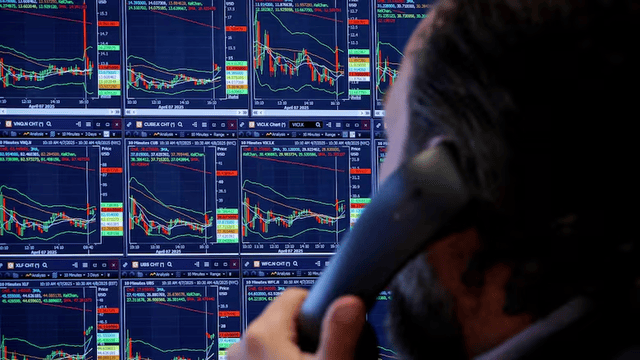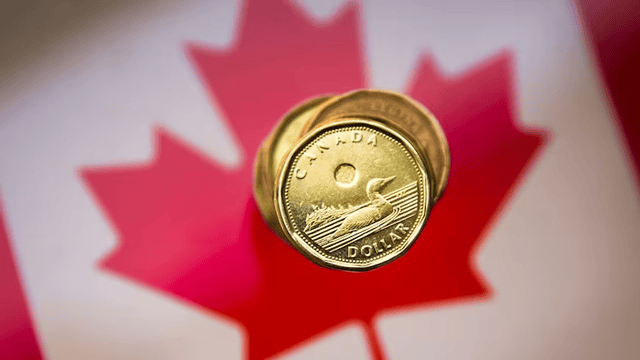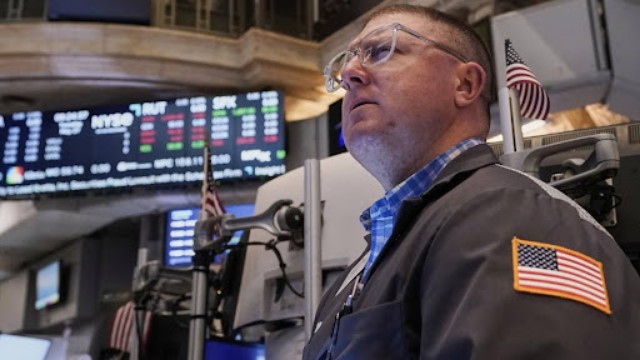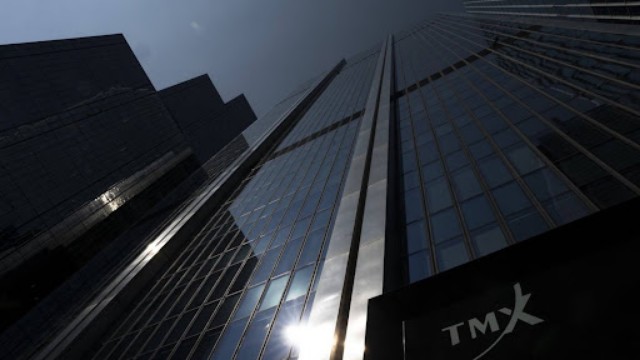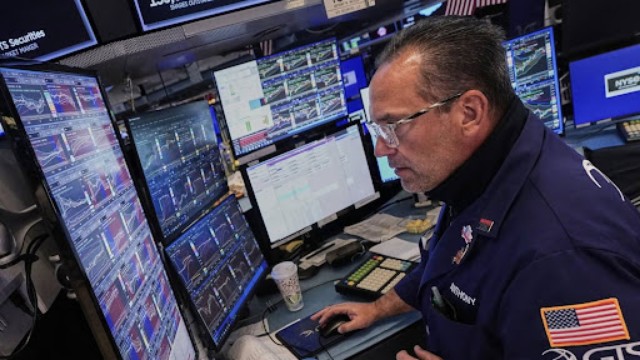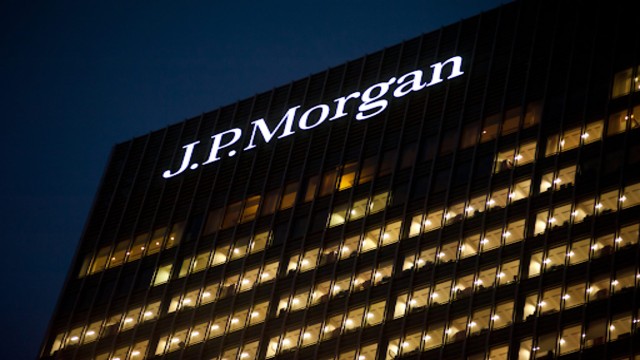
JPMorgan's London headquarters stands tall in Canary Wharf.
JPMorgan Chase & Co. is set to deliver over $4 billion worth of gold bullion in New York this February. This move comes at a time when gold prices are soaring, and concerns about potential US import tariffs are prompting a rush to move precious metals into the country.
The financial giant, recognized as the world’s largest bullion dealer, is among several major institutions planning to fulfill futures contracts on CME Group’s Comex exchange. In total, 30 million troy ounces of gold are scheduled for delivery, marking the second-largest amount recorded since 1994.
Why the Rush to Ship Gold?
Following the election of US President Donald Trump, speculation about impending tariffs on imports has shaken global markets. This uncertainty has led to a surge in Comex gold futures prices, pushing them above London’s spot prices. Traders now see a profitable opportunity in moving bullion between these key financial hubs.
The gap between Comex and international gold prices has grown so much that banks are also flying in silver, a rare occurrence due to its lower value and bulkier nature. One industry expert noted that it’s the first time silver has been transported by air at such a scale, reflecting the extreme price differences.
How Does This Affect the Gold Market?
Although millions of ounces of gold are traded daily on Comex, only a small fraction typically results in physical deliveries. Most traders either roll over or close their positions before expiration. However, since the US election, physical gold inventories at Comex depositories have increased by 13 million ounces, now worth approximately $38 billion.
Market experts remain uncertain whether JPMorgan and other banks are moving bullion for arbitrage profits or simply using deliveries to settle existing short positions. While JPMorgan and CME Group declined to comment, reports show that JPMorgan alone has issued delivery notices for 1.485 million ounces. Deutsche Bank, Morgan Stanley, and Goldman Sachs are also handling significant portions of the remaining deliveries.
What’s Next?
As the global market watches how US trade policies unfold, the demand for gold in America continues to rise. If tariffs on imports become a reality, the rush to move bullion into the US may accelerate even further. Meanwhile, investors are closely monitoring price fluctuations and market trends, anticipating how this gold influx could shape future trade strategies.




